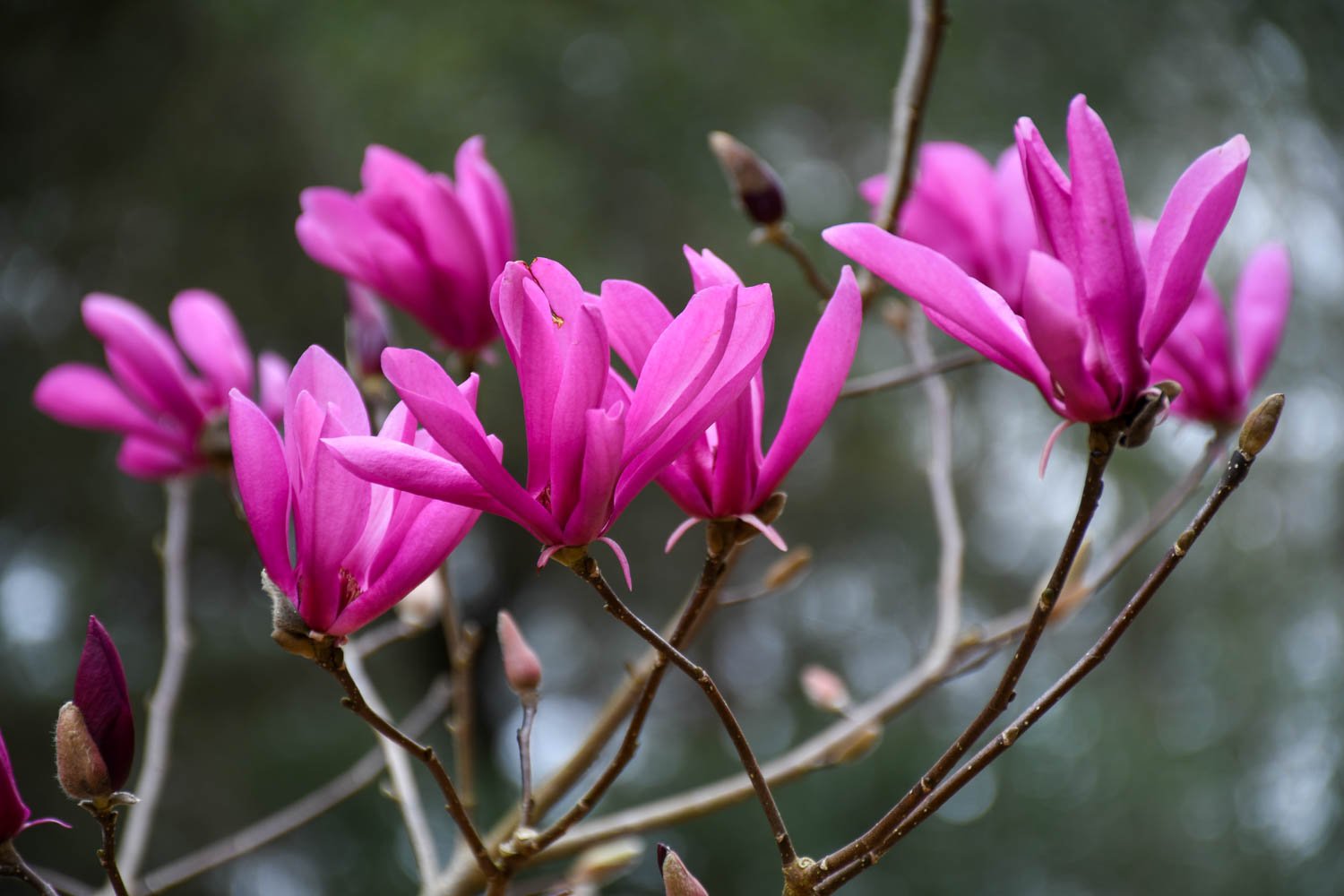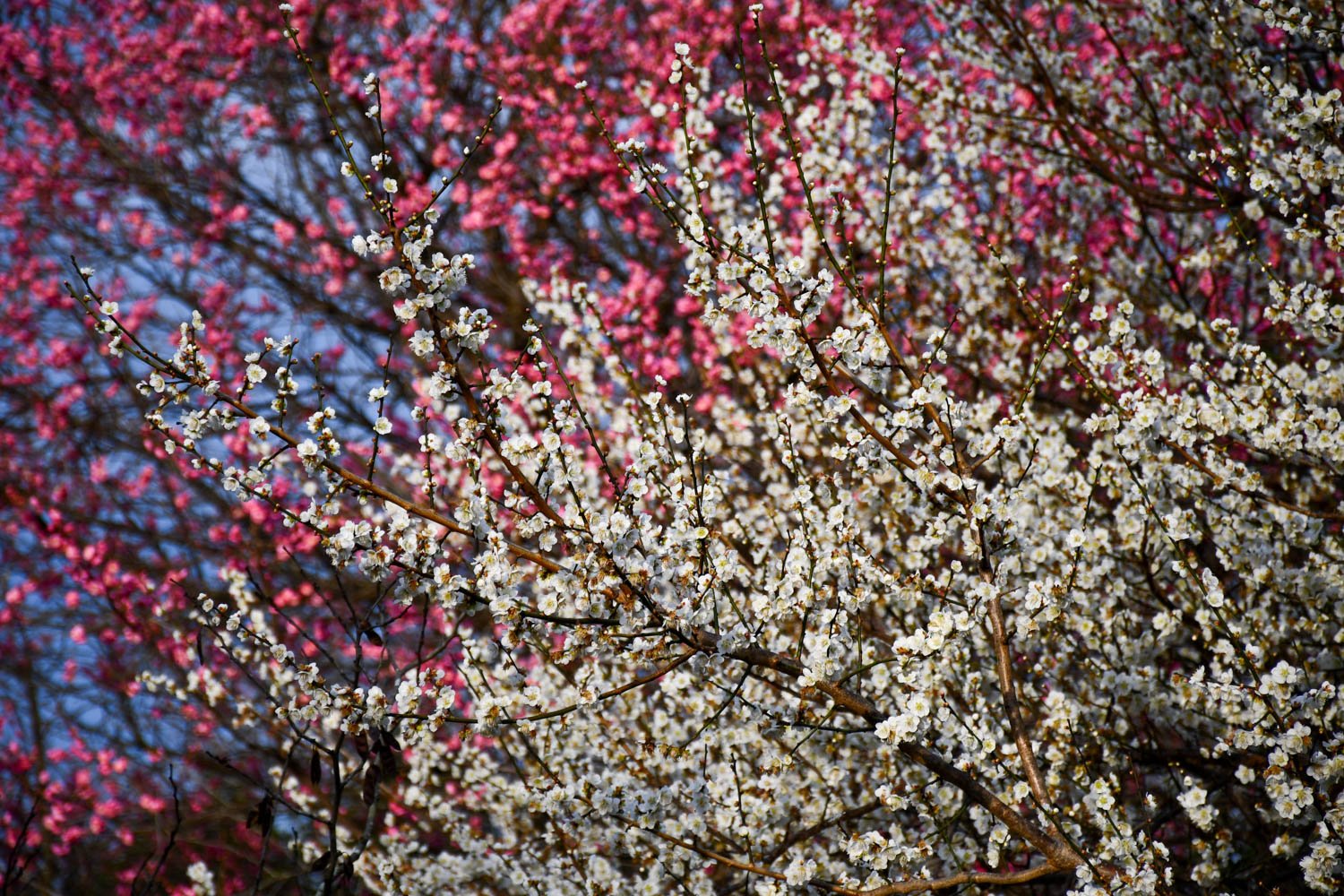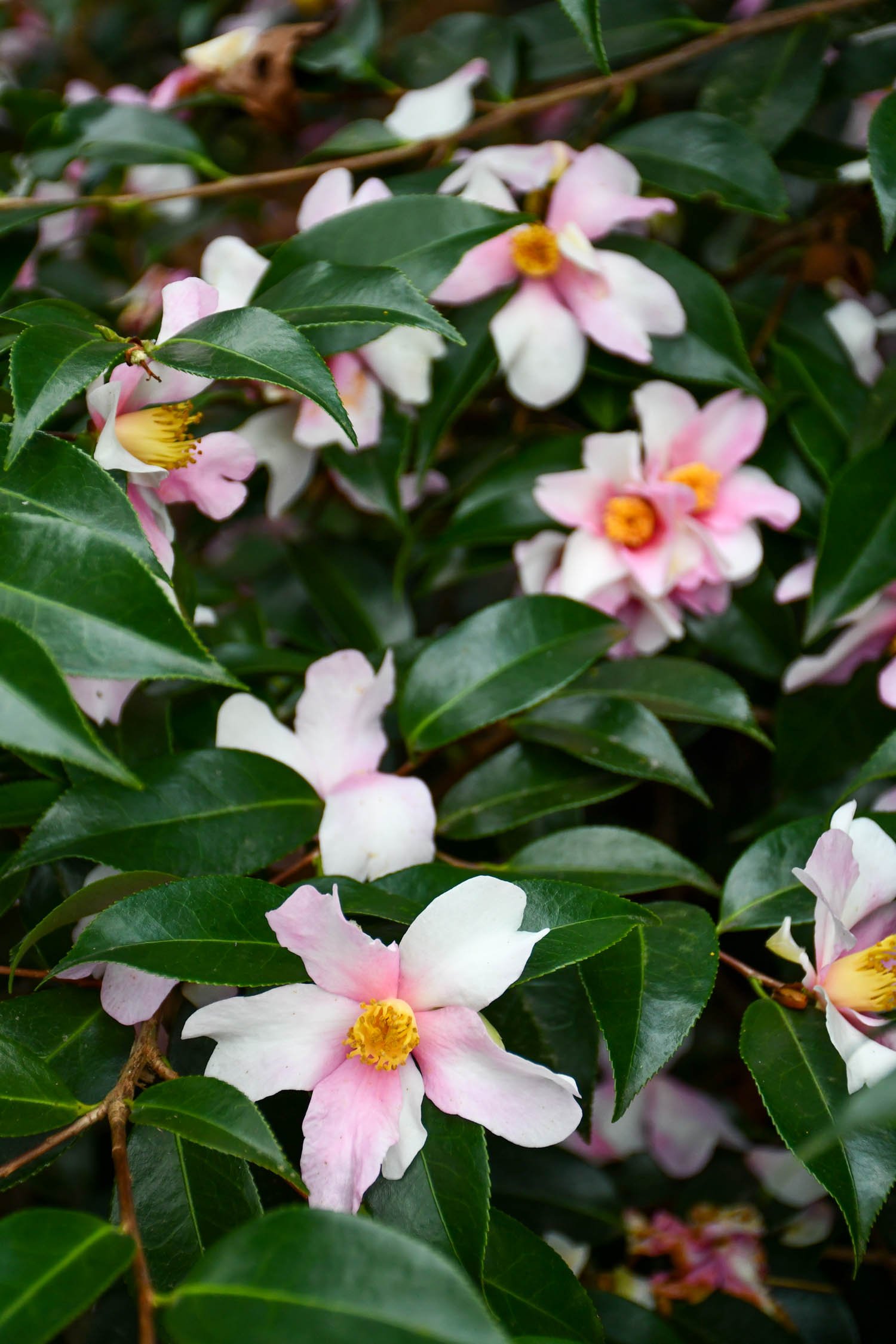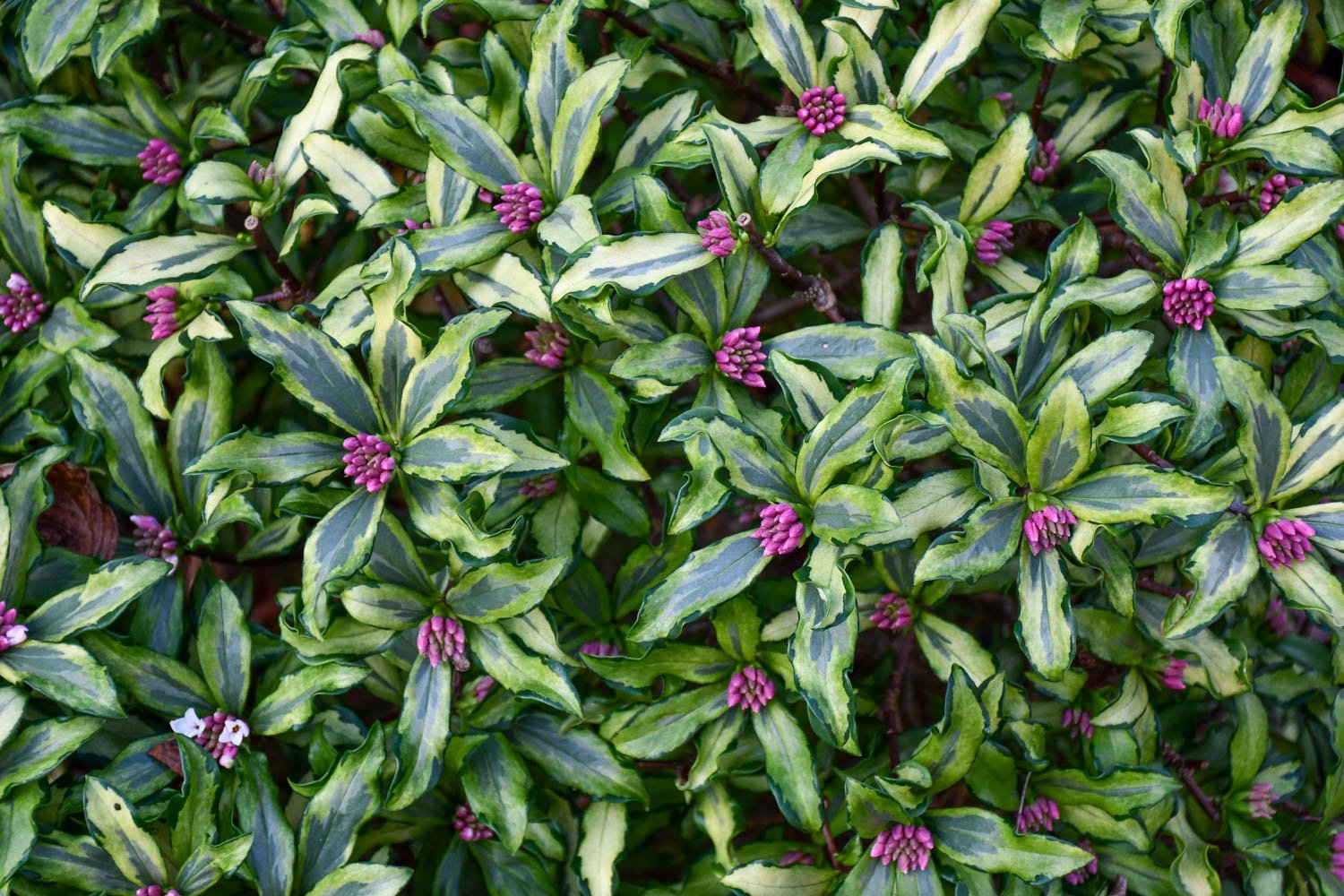Last Saturday was one of the rare days I actually donned more layers as morning progressed into afternoon. Shorts were replaced by pants, then long sleeves went on over the t-shirt, and then I put on a rain jack to shield against the blustery wind, which would soon be accompanied by a cold drizzle. I was hoping for warmer weather over spring break, but alas, it turned off chilly.
Before heading in, I decided to pick a bucket of daffodils. I never know how they’ll take the freezing temperatures, so I wanted to bring in what I could just in case the next morning they were all frozen and laying on the ground. The forecast for the night showed a low of 28°F, but I knew that we would register even colder. (In hindsight, I was right. I woke the next morning to 23°F.)
Daffodils are some of the first flowers to grace the house in bulk in the new year, and we now have several posies sitting in bottles on a rustic metal tray. Over the past few years, I’ve been accumulating types that grow well here. Some have come from back roads and old homesteads, others from friends and companies who have promised their success in Zone 8B.
First is the short, soft yellow Narcissus pseudonarcissus I wrote about recently. More have been opening as the month has progressed. Also present is Narcissus jonquilla, or jonquil named for the thin, rush-like (Juncus) foliage. The tiny flowers are incredibly fragrant for their size. Their offspring Narcissus × odorus sits between the two. It is a vigorous hybrid that wouldn’t win any awards for the frequent misformed corona and odd number of petals, but its heterosis is welcome in my garden. My patch of over 1000 bulbs will bloom for weeks, and the thin foliage isn’t too overbearing in the landscape after flowering.
Narcissus pseudonarcissus
Narcissus × odorus
Narcissus jonquilla
I also have a few selections that do well here in east Texas. One is a lovely Narcissus tazetta, likely ‘Grand Primo’, that sports white petals and golden-colored cups that fade to an off-white (banner photo, second from left). Like the jonquil, the fragrance is intense. As I sit here writing, I keep catching a whiff of Narcissus, and it’s probably a blend of the jonquils and ‘Grand Primo’. Another selection is the double Narcissus incomparabilis var. plenus, which is also known as “Butter and Eggs” for the scrambled white-and-yellow petals. Their scapes are usually not strong enough for the hefty flowers to be held upright, so it’s worth picking them and putting them in a bottle.
I have two cultivars that are fairly easy to find on the market. ‘Carlton’ features large, bright yellow petals and a similar colored corona, and ‘Ceylon’ has an orange cup perched against warm yellow petals. ‘Carlton’ has a tendency to flop in rain, so I prefer the more stolid ‘Ceylon’. The orange is a bit of a challenge to pair with companions in late winter, but I’ve realized they will go well under the ‘Flame’ willows I’m propagating.
Narcissus incomparabilis var. plenus
Narcissus ‘Carlton’
Narcissus ‘Ceylon’
I’m glad the cold forced me to bring them inside. I’m always hesitant to pick some because I know the minute the flower leaves the plant, its demise is only a matter of time. But, I forget how much fun it is to bring the outside in and to have little bottles of sunshine on a gray, dreary day.

















































































